
Margaret Ekpo (1914-2006) was a Nigerian feminist and politician, Margaret fought against the economic and political inequalities faced by women.
Born in Creek Town, Calabar, Margaret’s first direct involvement in politics didn’t come until 1945, when she attended a meeting when her husband was unable to attend in Aba. She was the only woman there, but the fiery speeches she heard ignited her passion for politics, and by the 50’s she was well known across Nigeria and abroad as a force for change and a fierce advocate for women. She encouraged women to be politically aware; to participate in politics in order to protect their own interests, as well as the interests of their country.
A key example of this is when she established the Aba Township Women’s Association. In line with the views of many of the local men, the organisation wanted to educate the women to support their countries; but evidently the men didn’t like the idea of the women also being mobilised to take care of their own interests, as none of the men of Aba wanted to let their womenfolk join. Margaret thought outside the box; she managed to gain a monopoly on the salt supplies in Aba, which were in short supply due to the second World War, and told the shops that they may only sell to women who were members of her organisation. After that, the men quickly allowed their women to join up, and women voters outnumbered men by 1954.

In 1949, when protesting the murders of miners leading a wage protest, she and three other important female leaders were arrested, harassed and threatened with deportation. They were eventually arrested after the women of Aba threatened to set fire to the town, which is a pretty impressive display of gratitude!
Hand in hand with her feminism was her desire to help Nigeria to gain independence from the British, a goal that they achieved in 1960. Margaret was one of the Members of Parliament that year, and throughout the 50’s and 60’s represented Nigerian interests, and usually specifically those of Nigerian women, in many official capacities.
Margaret was dignified but willing to take risks. Her political career seems to have quietened down a lot after the 60’s, but Ekpo is remembered fondly as a ‘Giant of 20th Century Nigerian Politics,’ who got involved at a pivotal moment of her country’s history; and her work encouraging 50% of the entire population to get involved in politics can’t have hurt the cause for Nigerian independence!

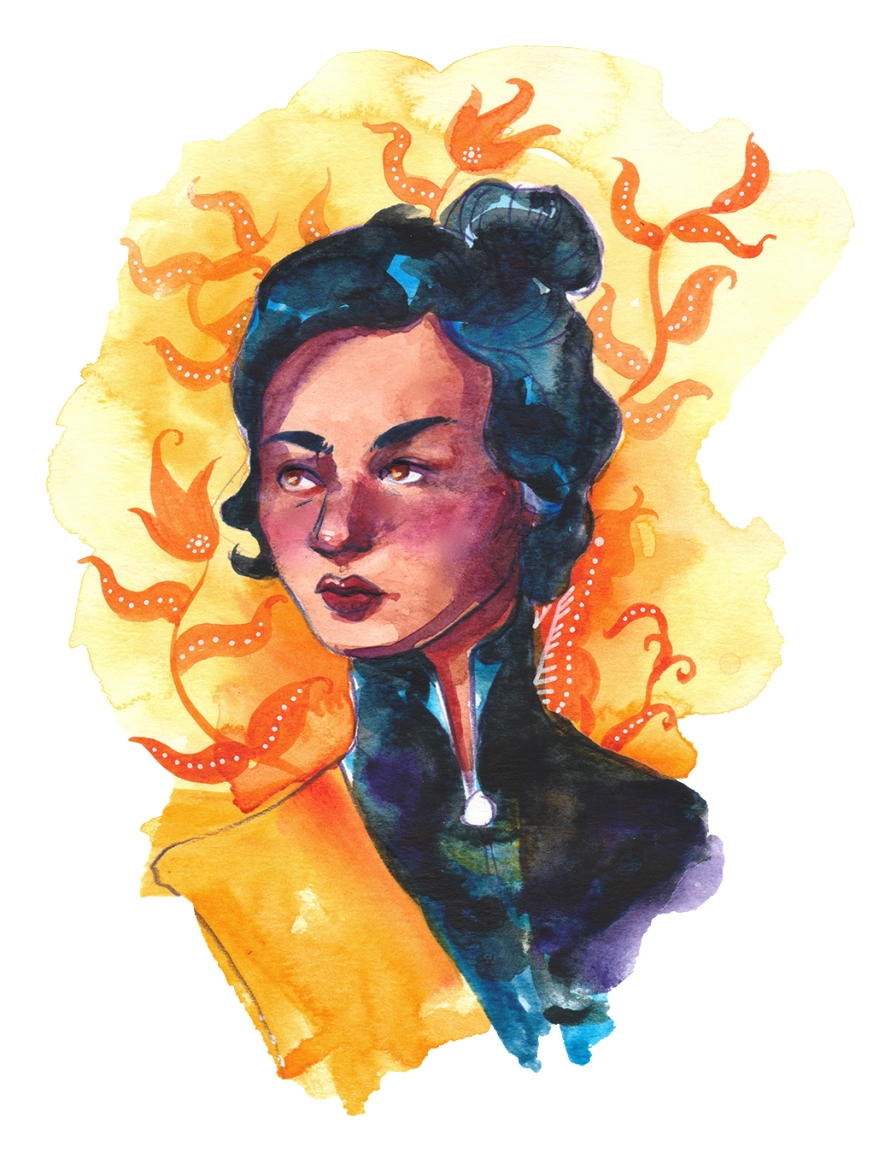

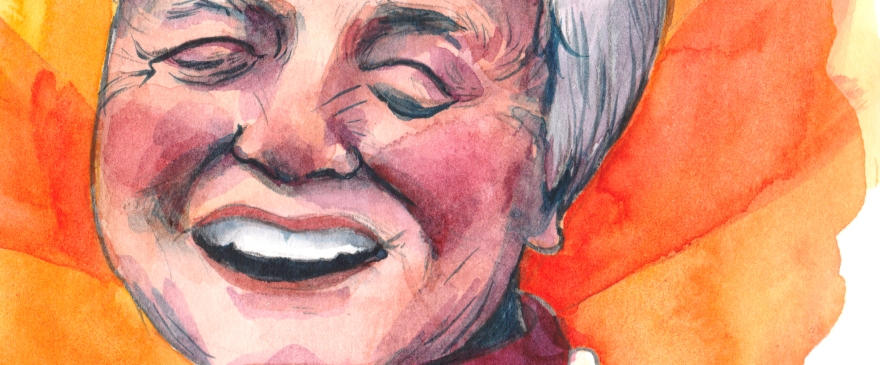


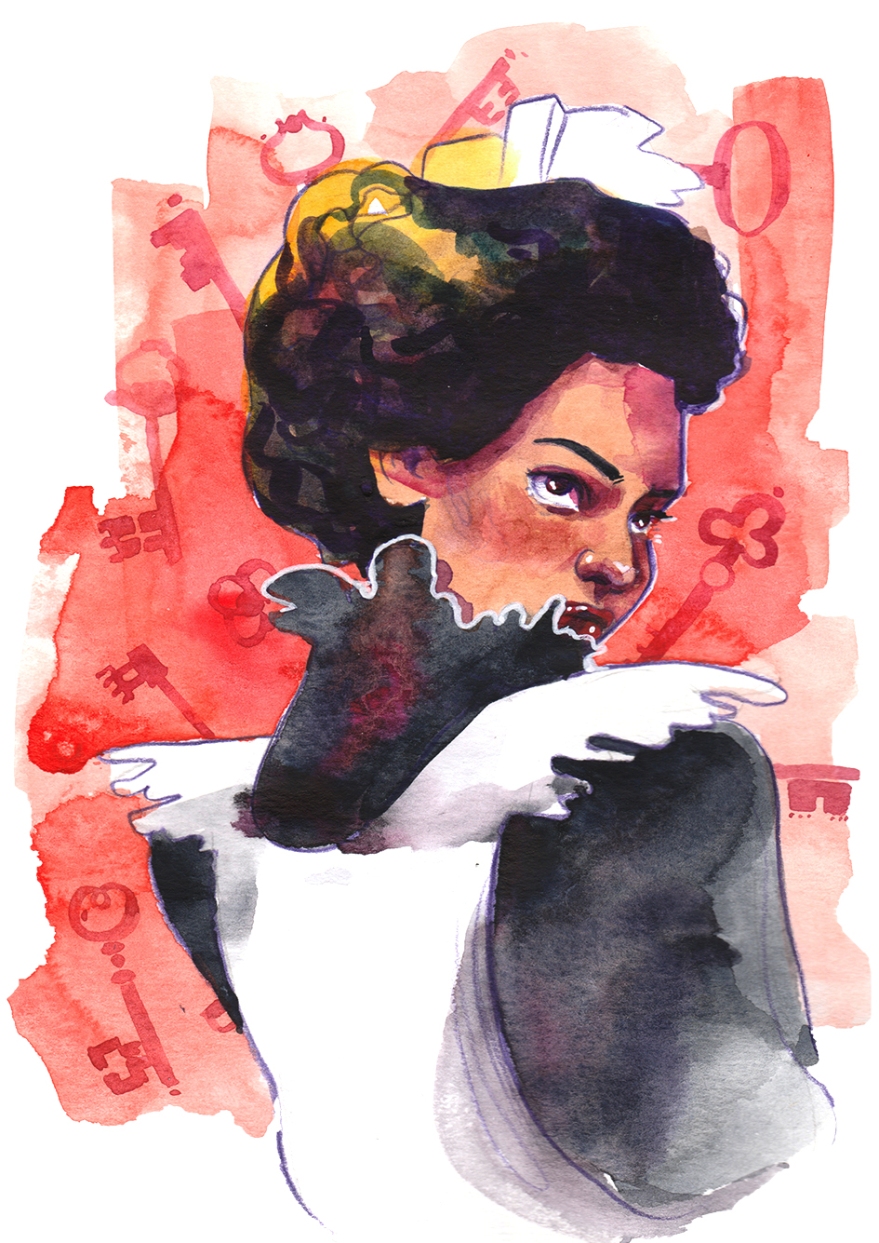 Mary Elizabeth Bowser (c.1839 – ?) was born into slavery in America, but in adulthood was able to use this dreadful position in society to worm her way into the very heart of the Confederate government, and helped to overthrow the very system that wished to enforce slavery.
Mary Elizabeth Bowser (c.1839 – ?) was born into slavery in America, but in adulthood was able to use this dreadful position in society to worm her way into the very heart of the Confederate government, and helped to overthrow the very system that wished to enforce slavery.

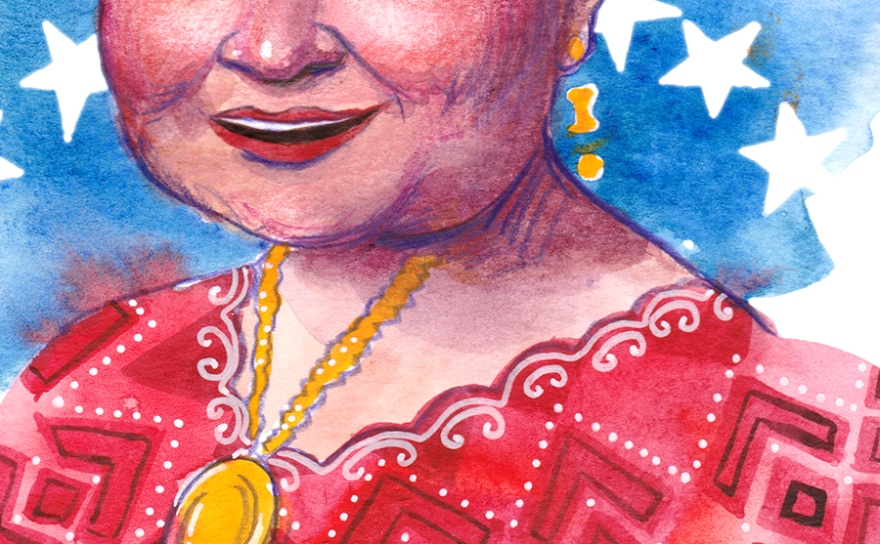
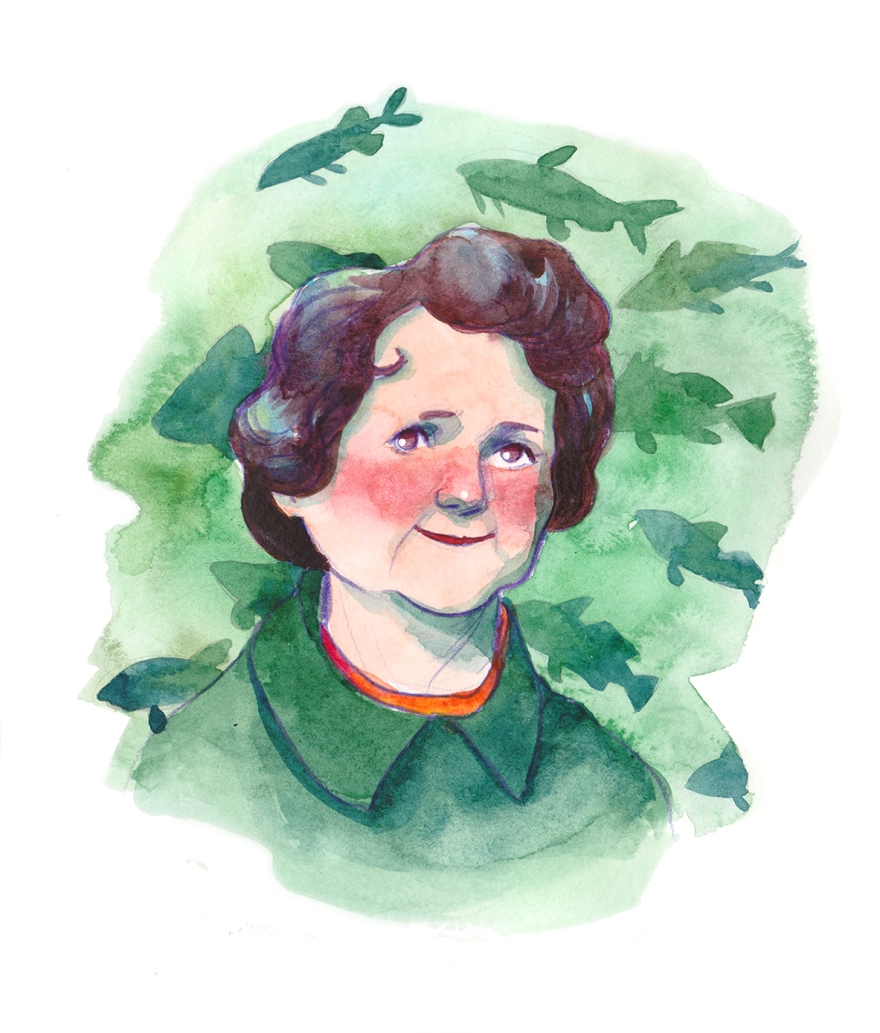



 Rajaa Cherkaoui El Moursli (1954- ) is a Moroccan nuclear physicist, and her contributions at CERN made the discovery of the Higgs boson particle possible.
Rajaa Cherkaoui El Moursli (1954- ) is a Moroccan nuclear physicist, and her contributions at CERN made the discovery of the Higgs boson particle possible.

